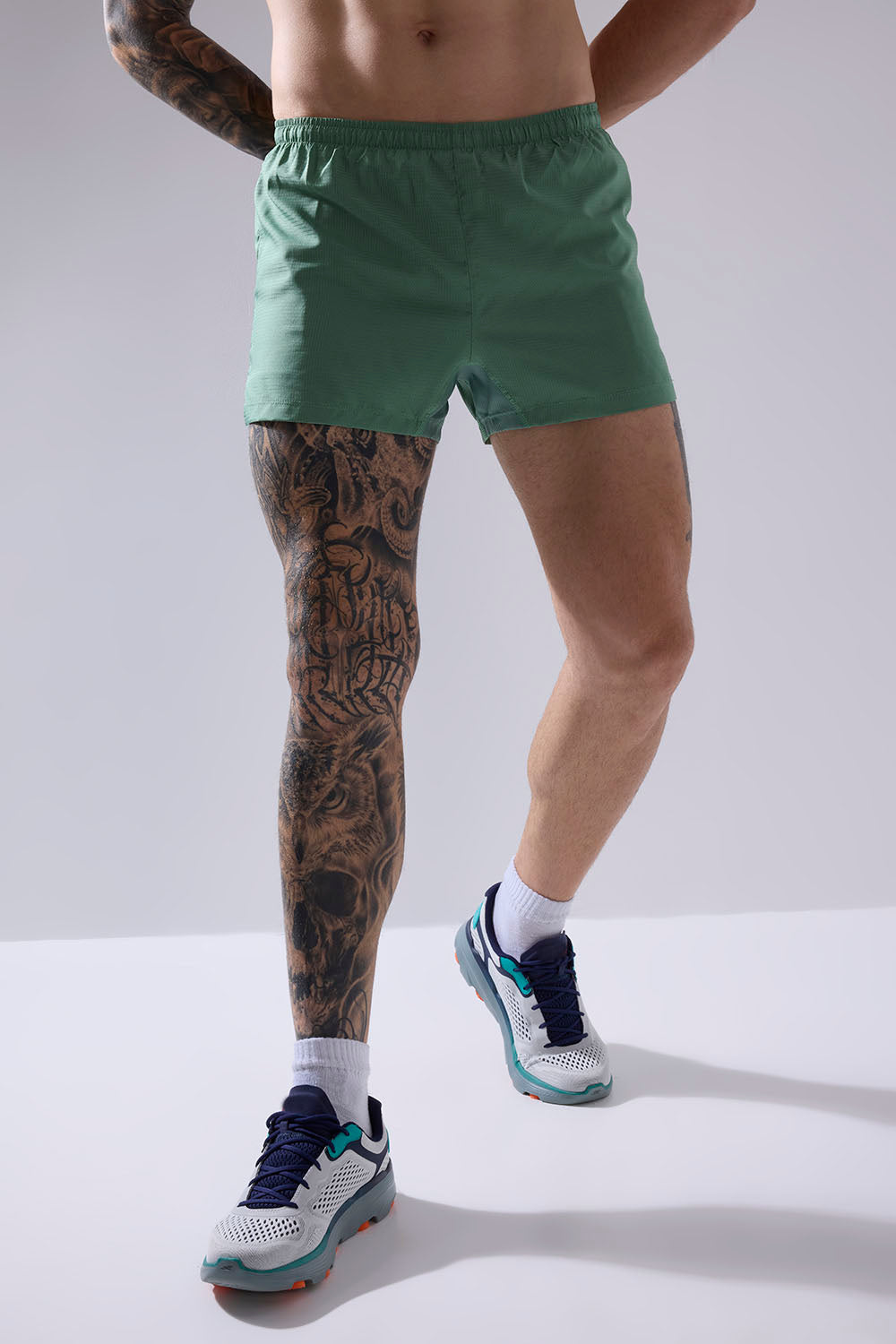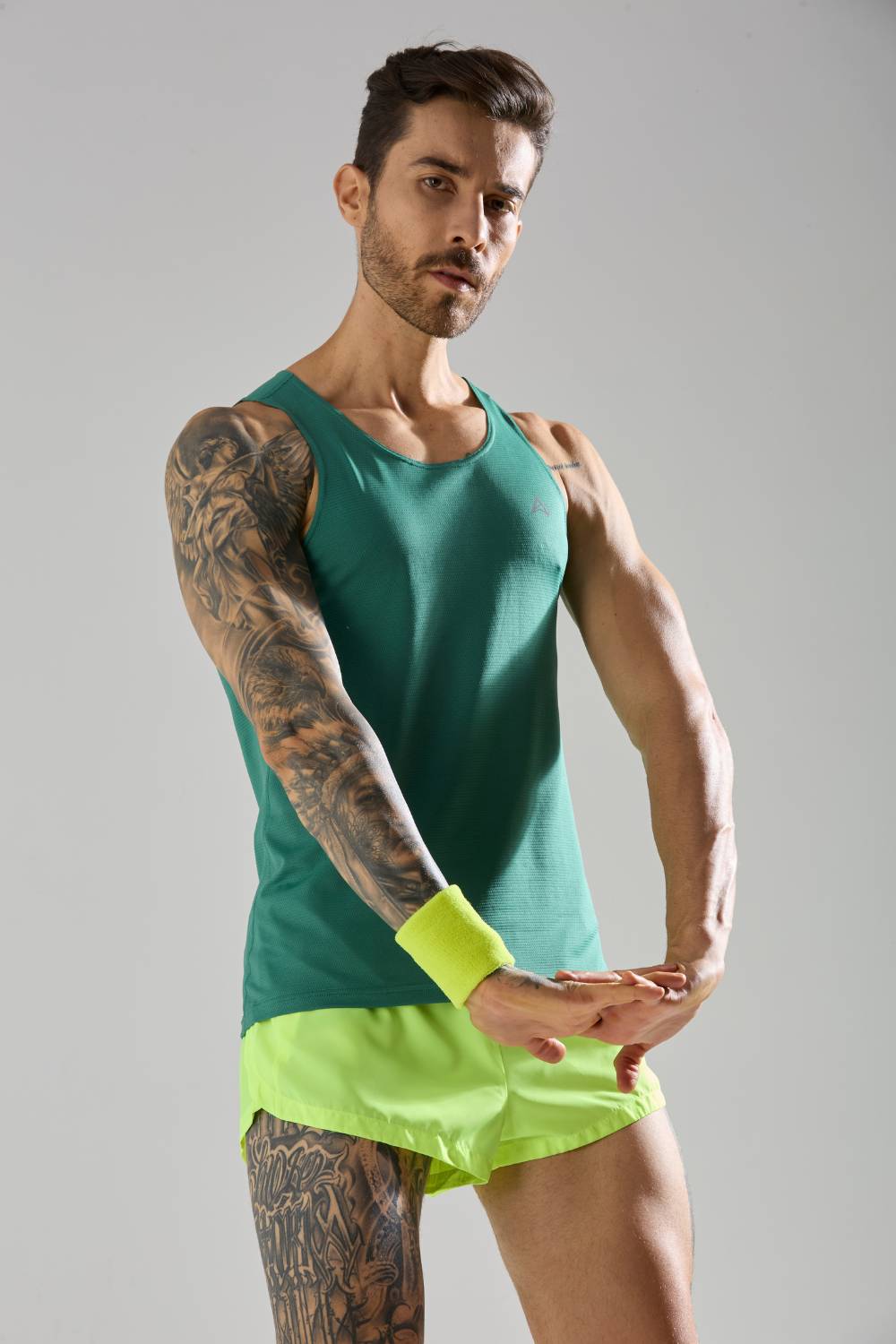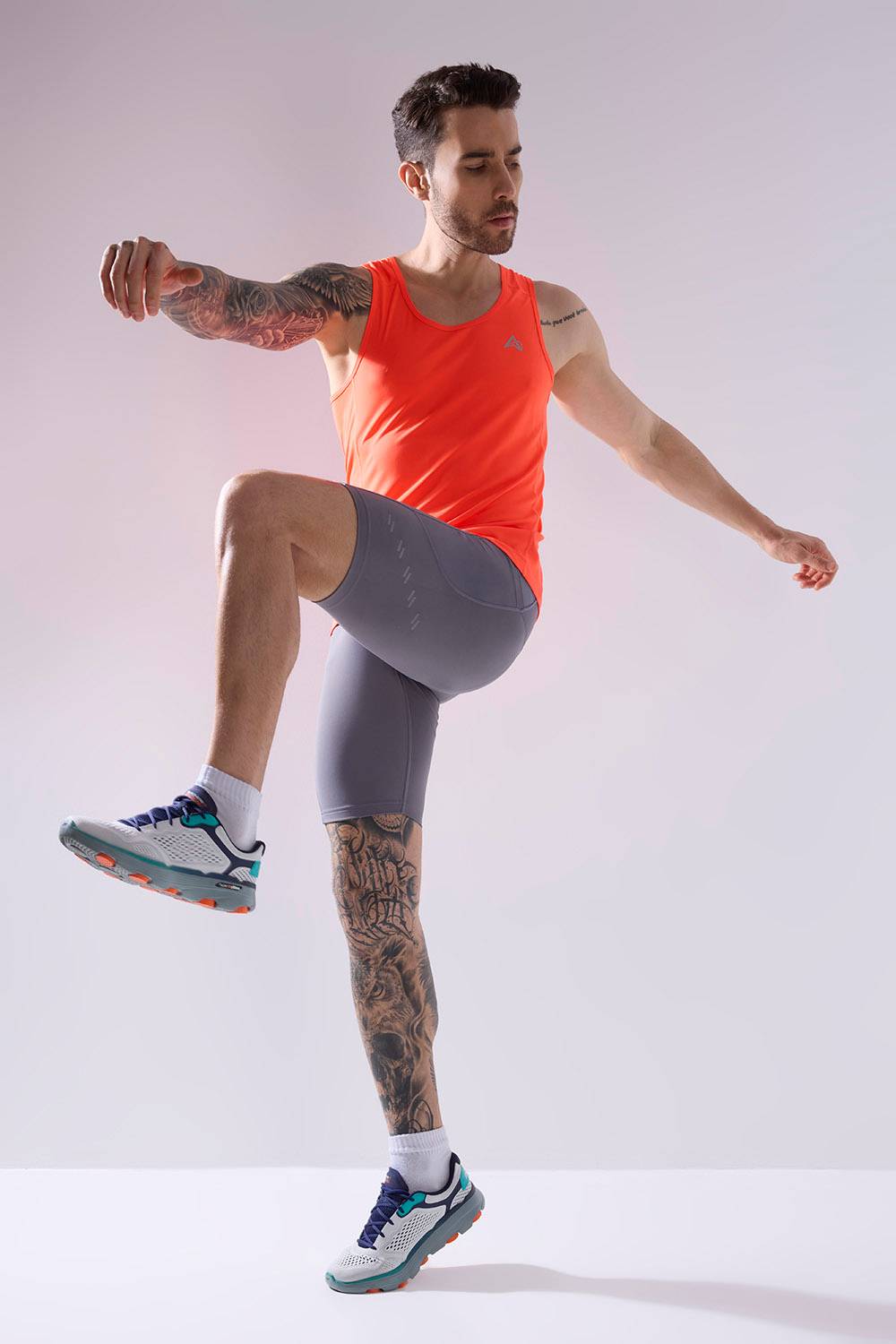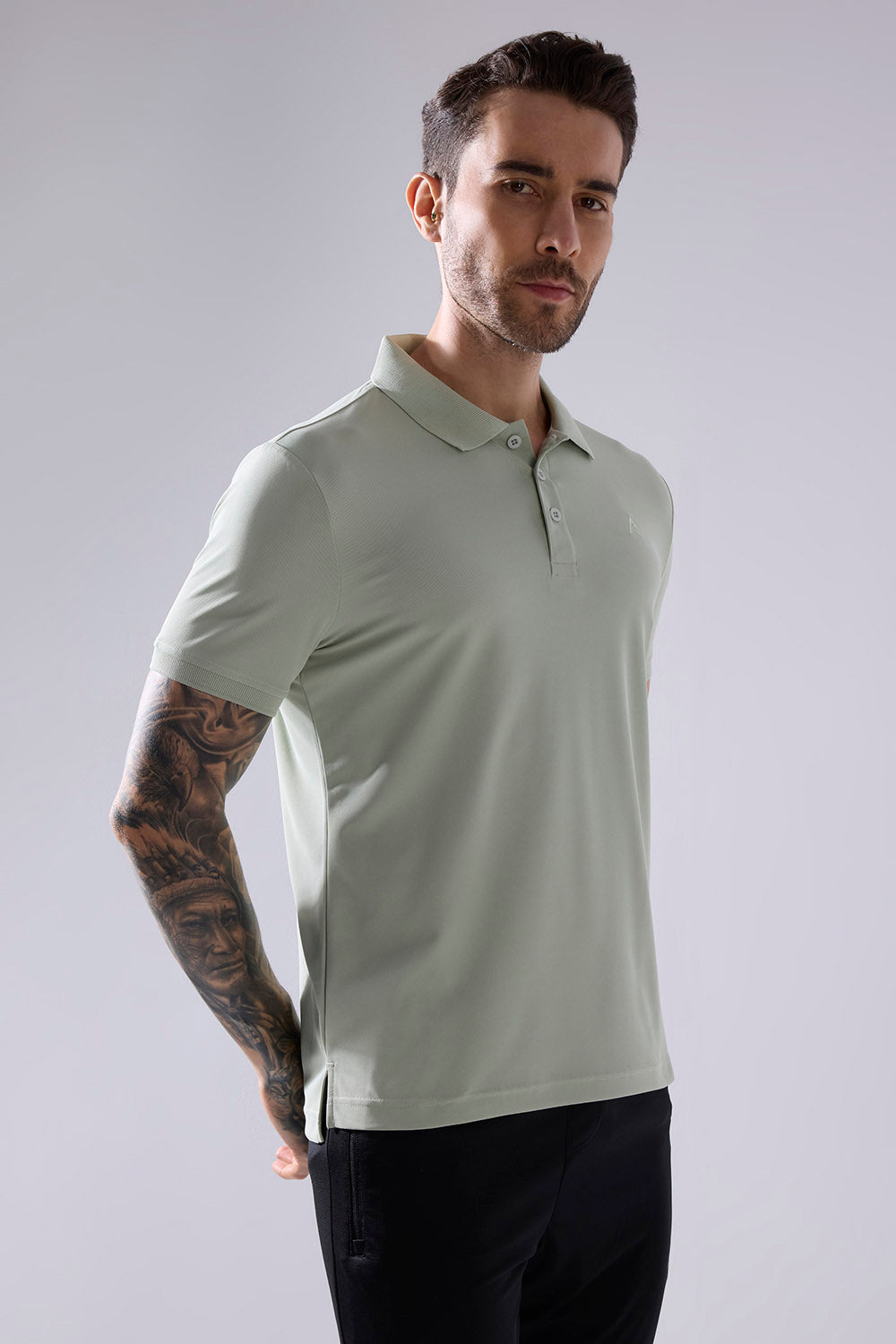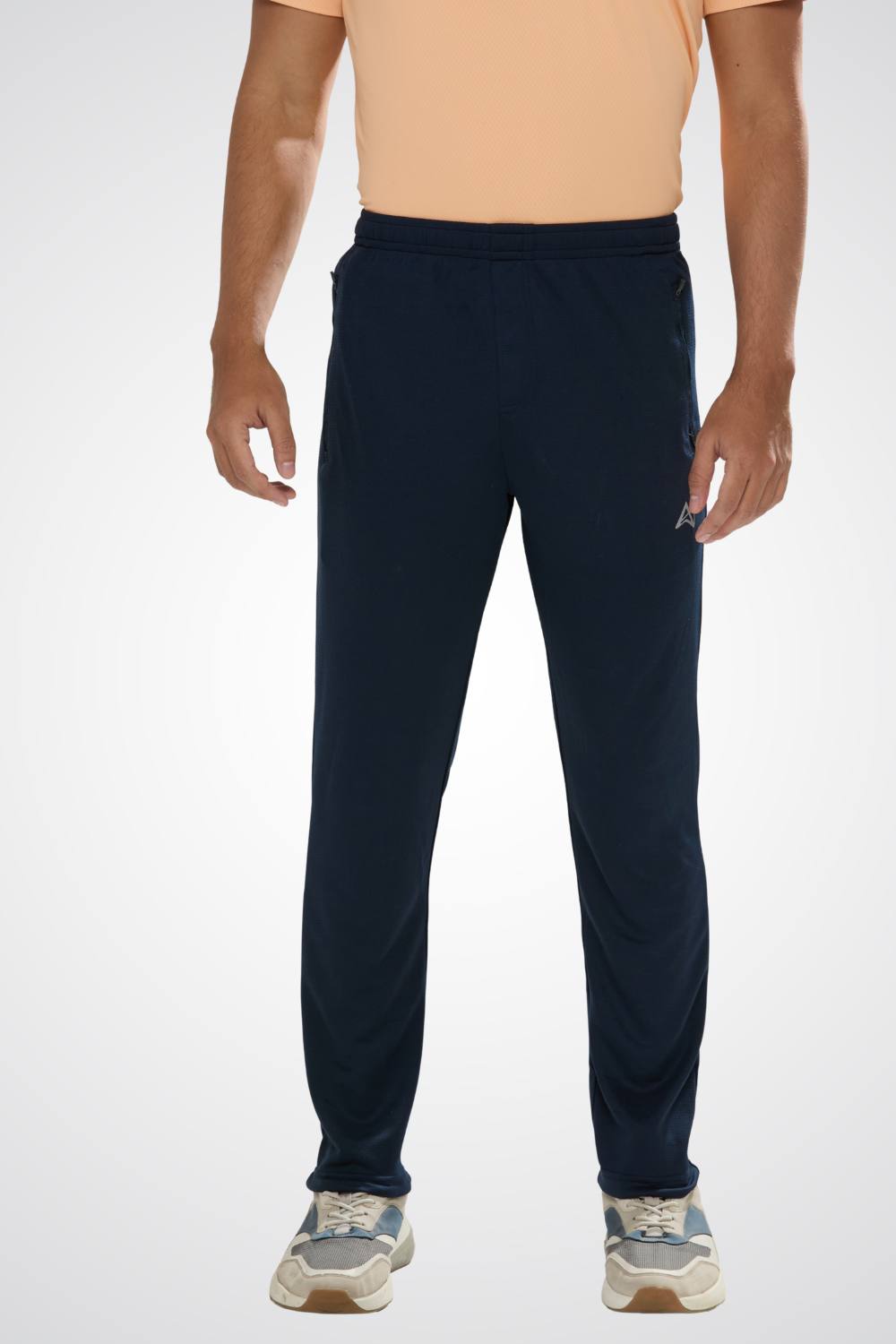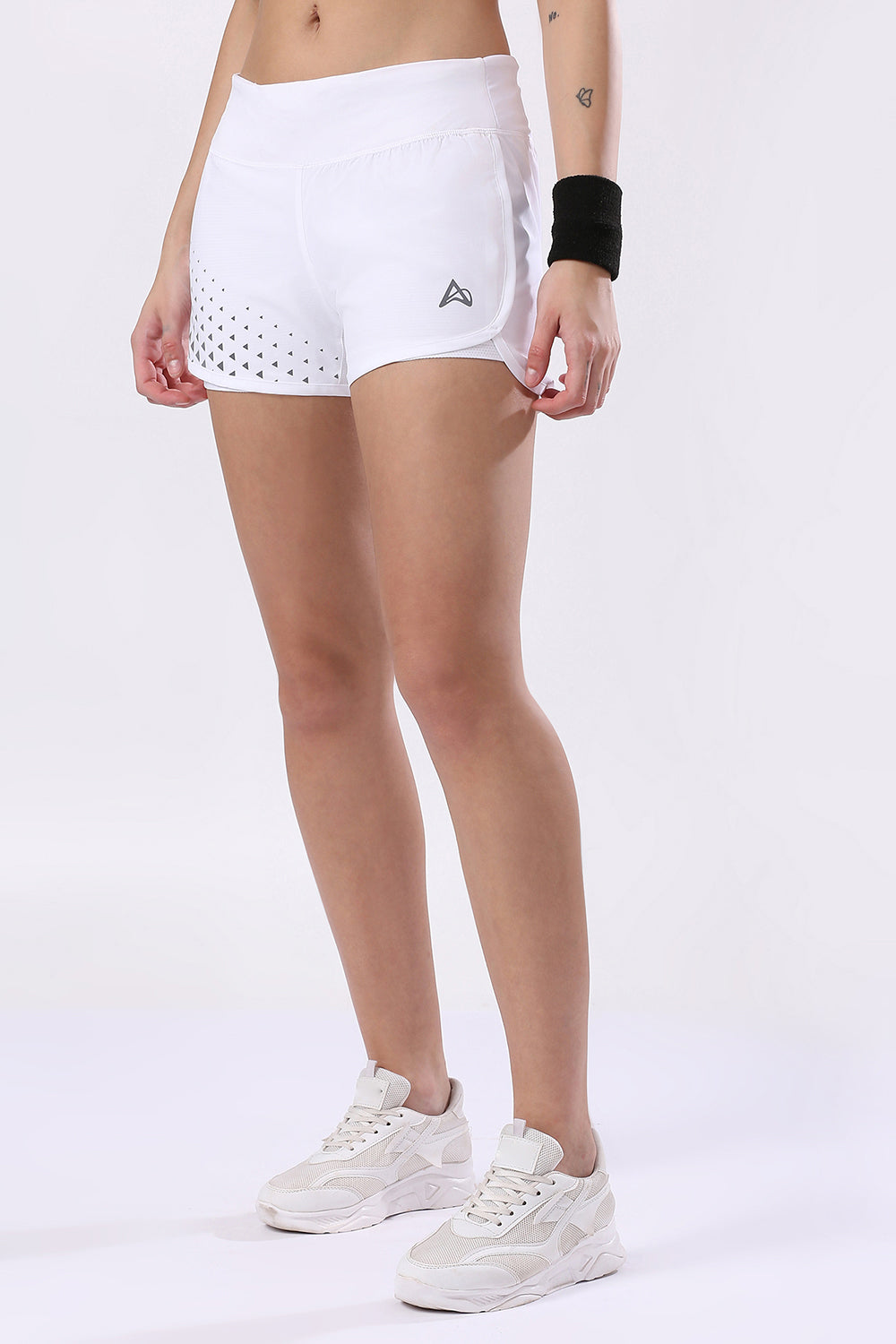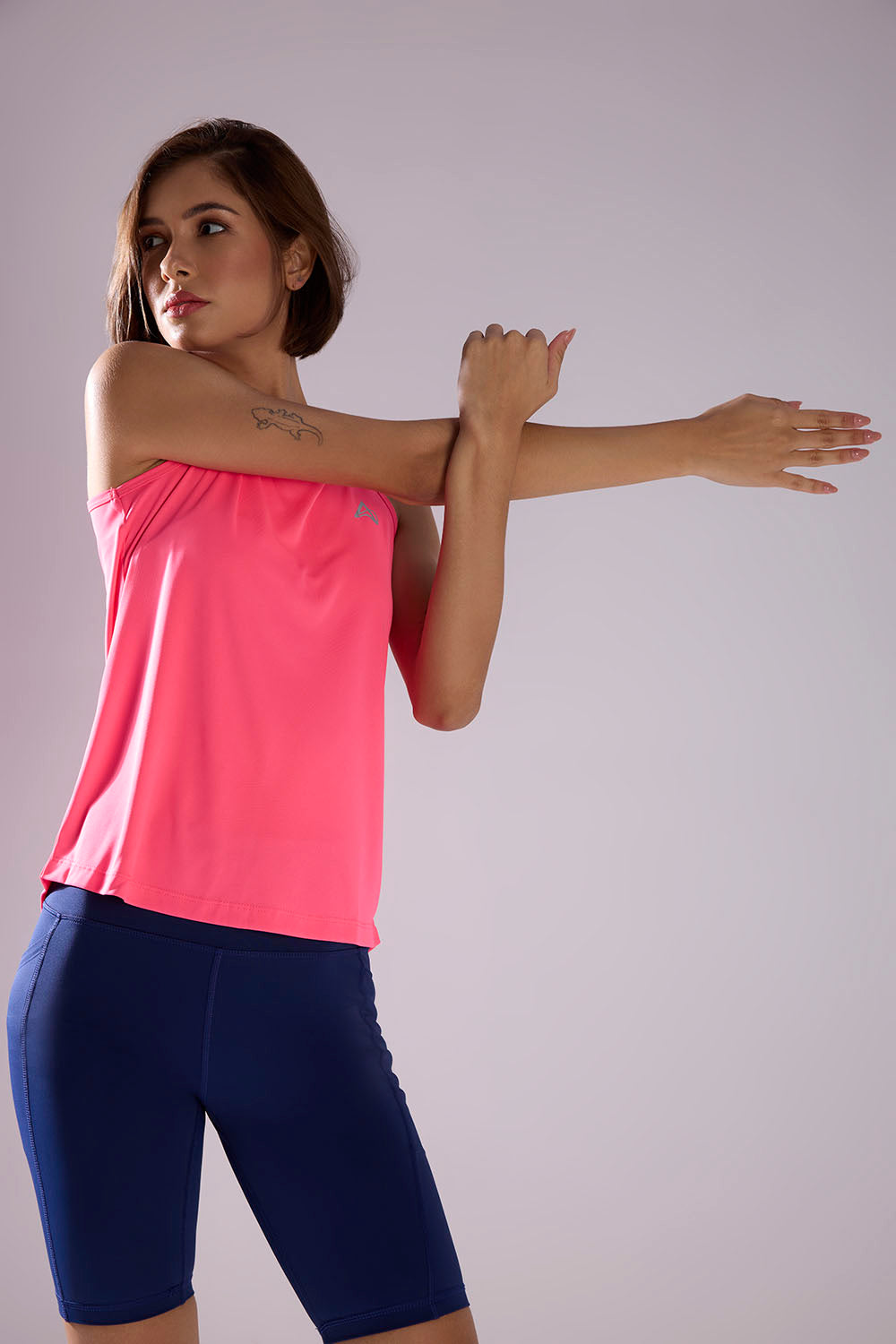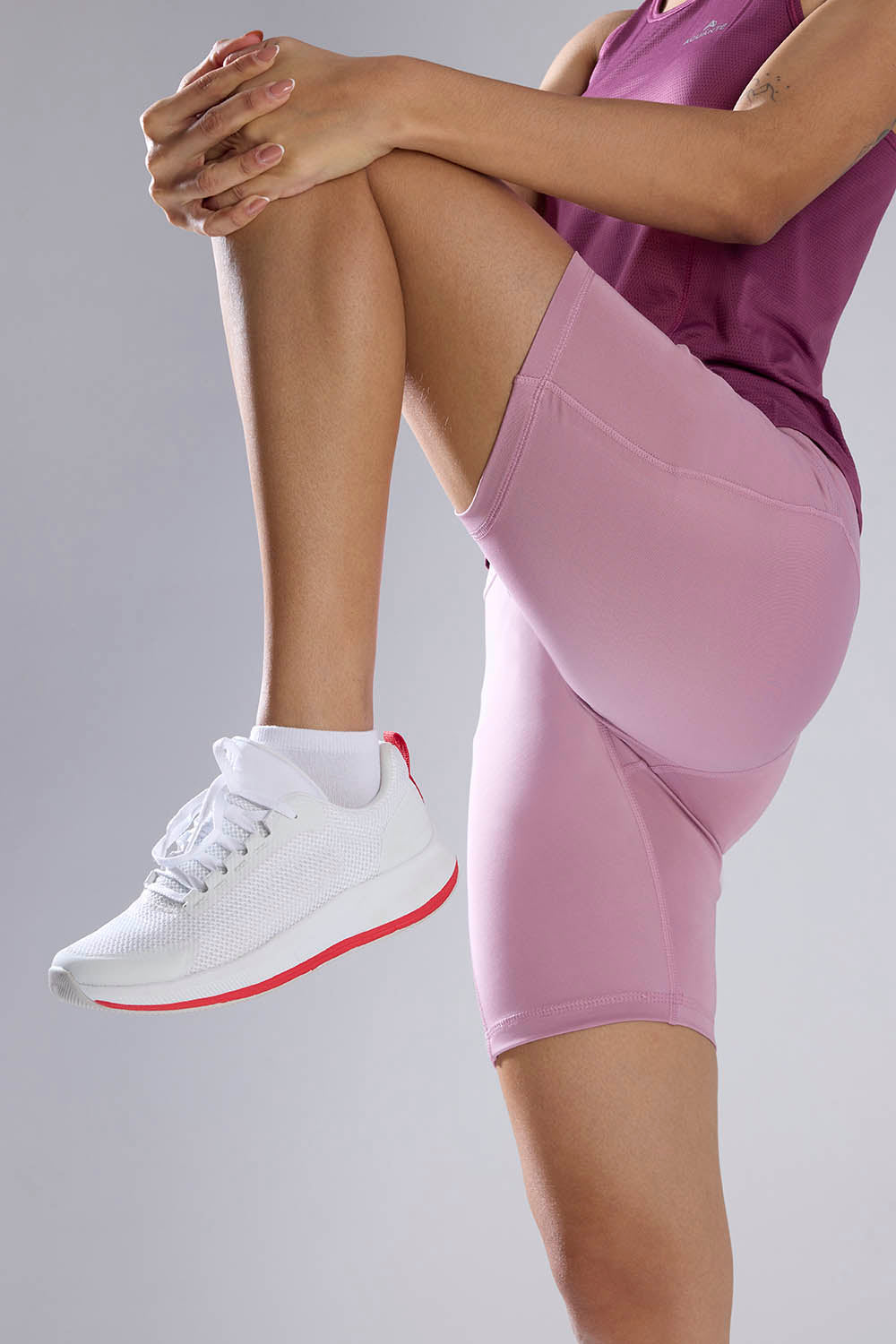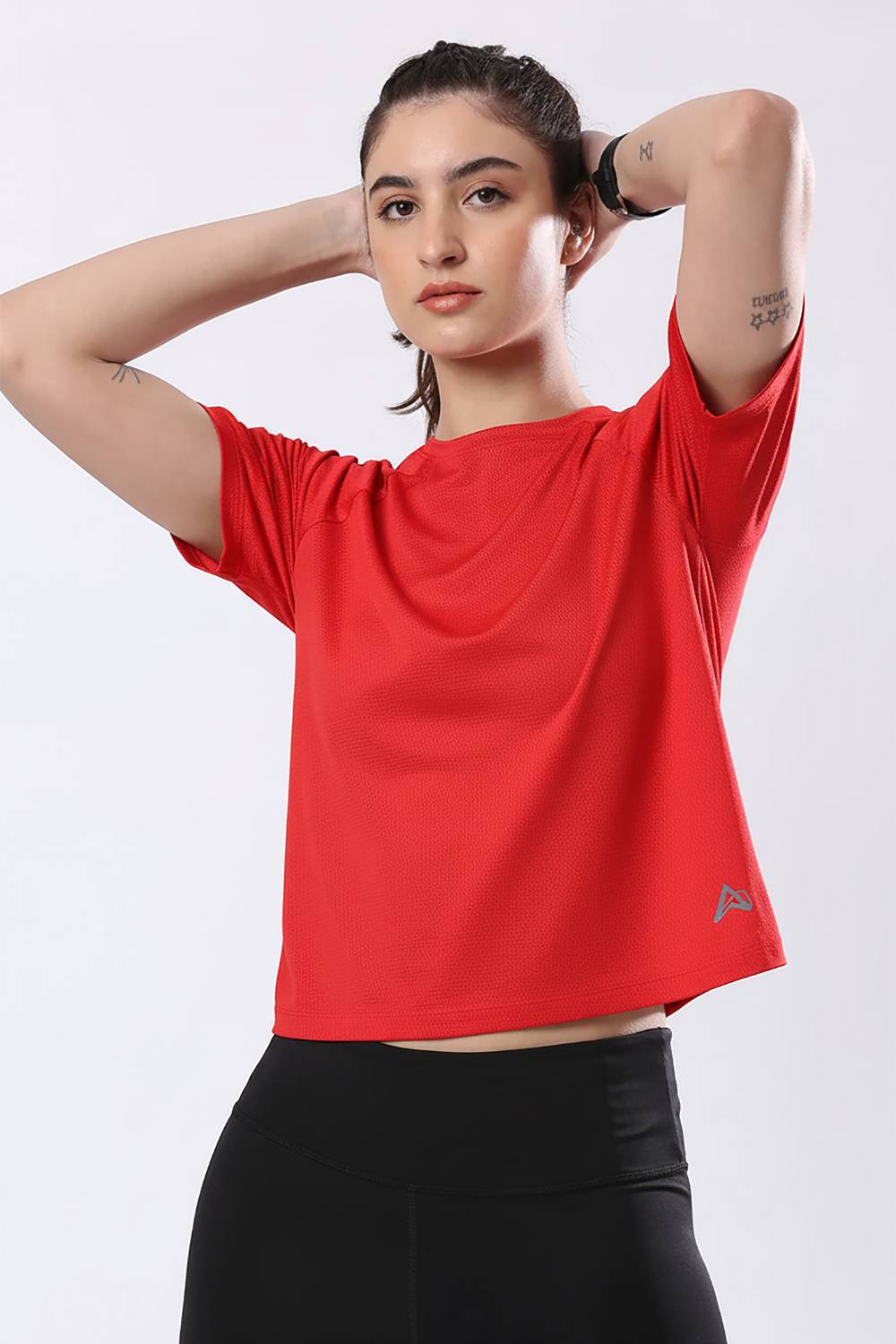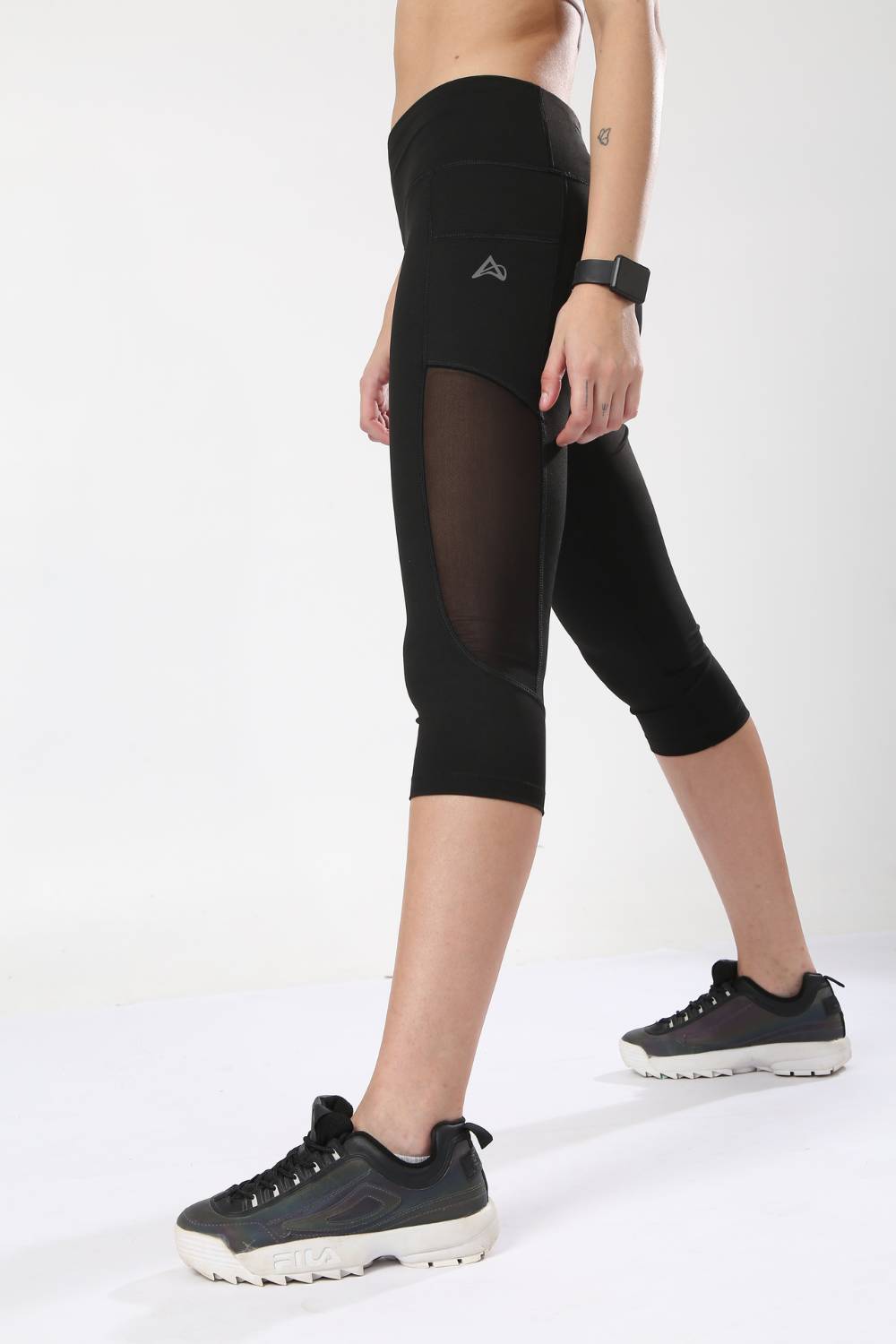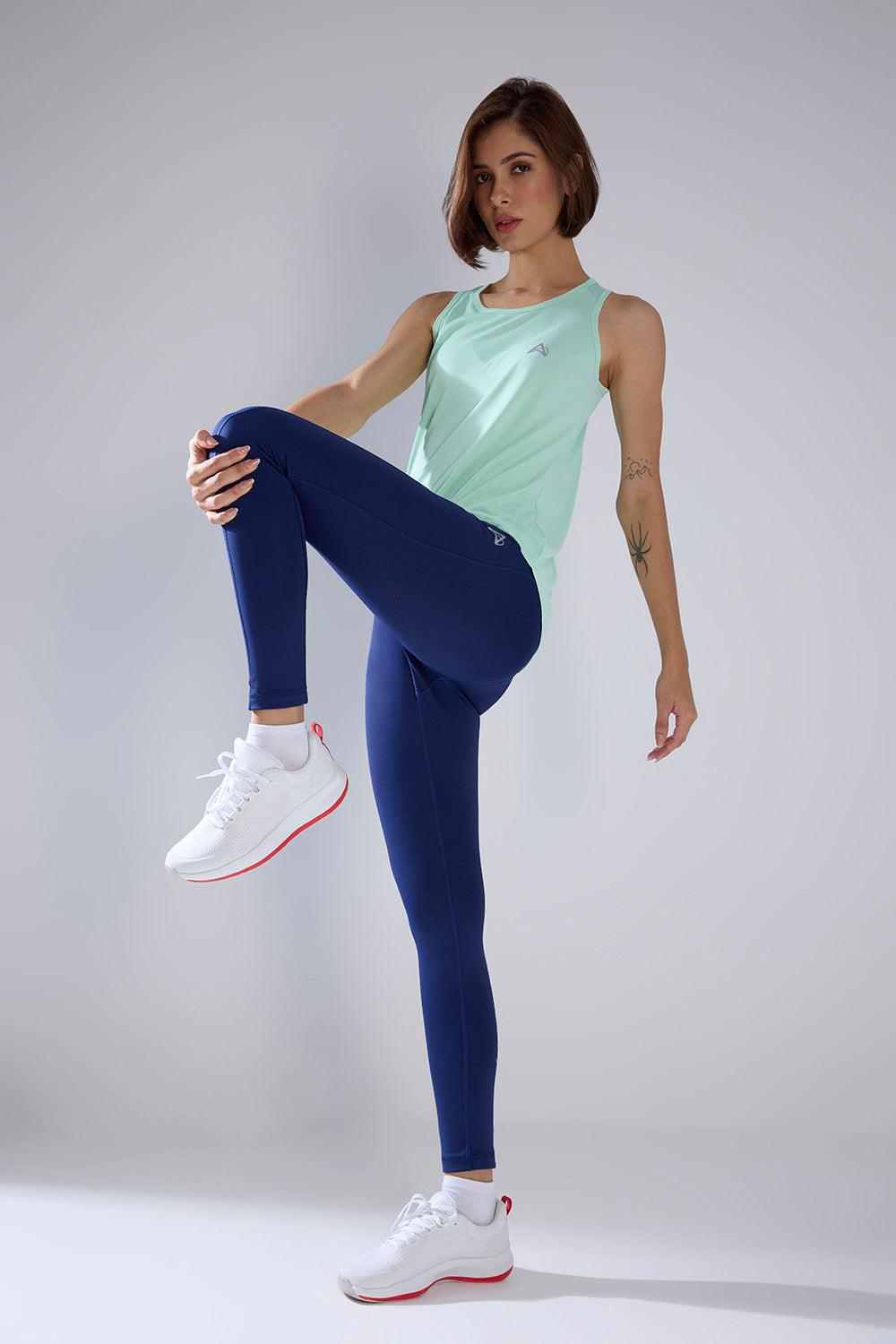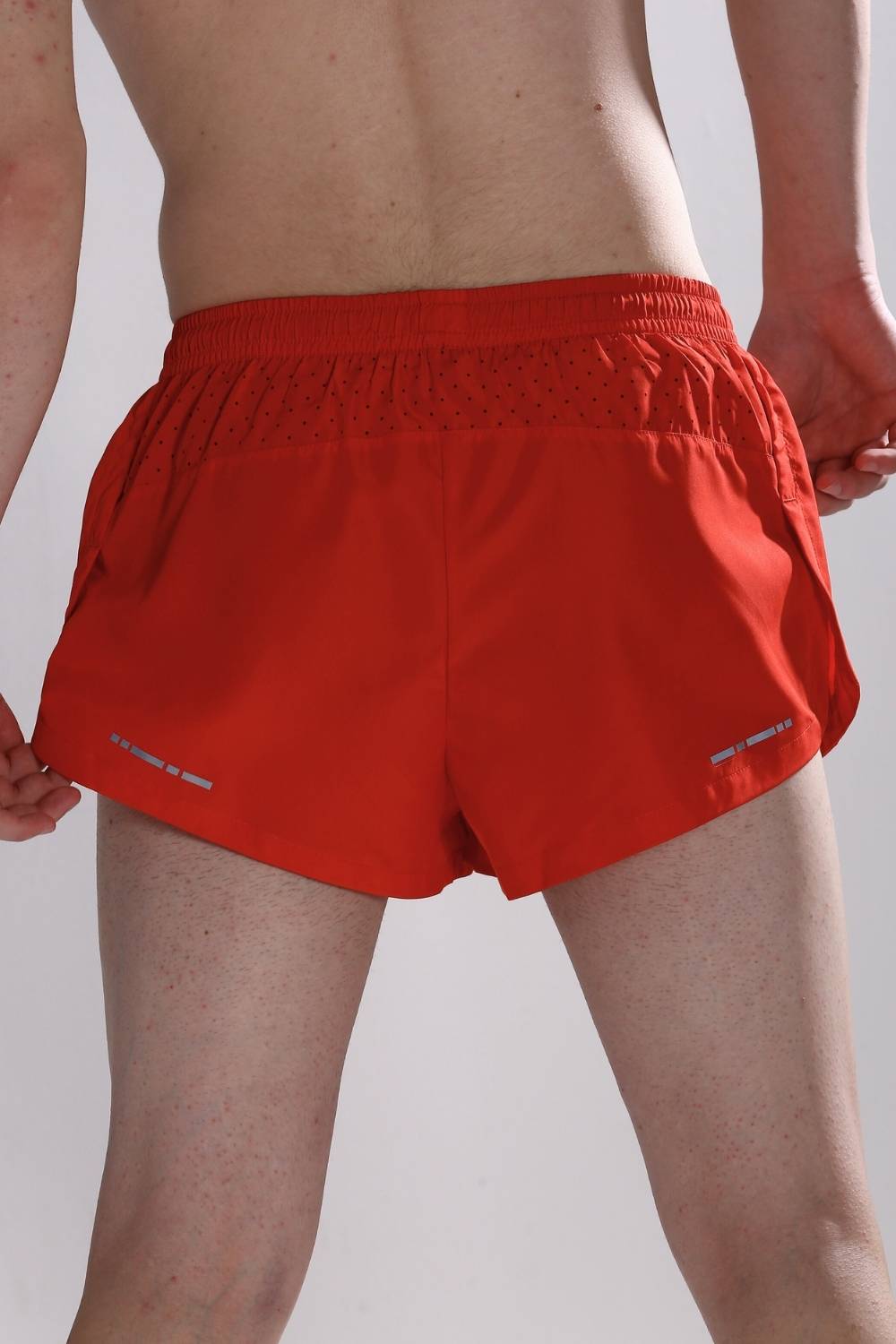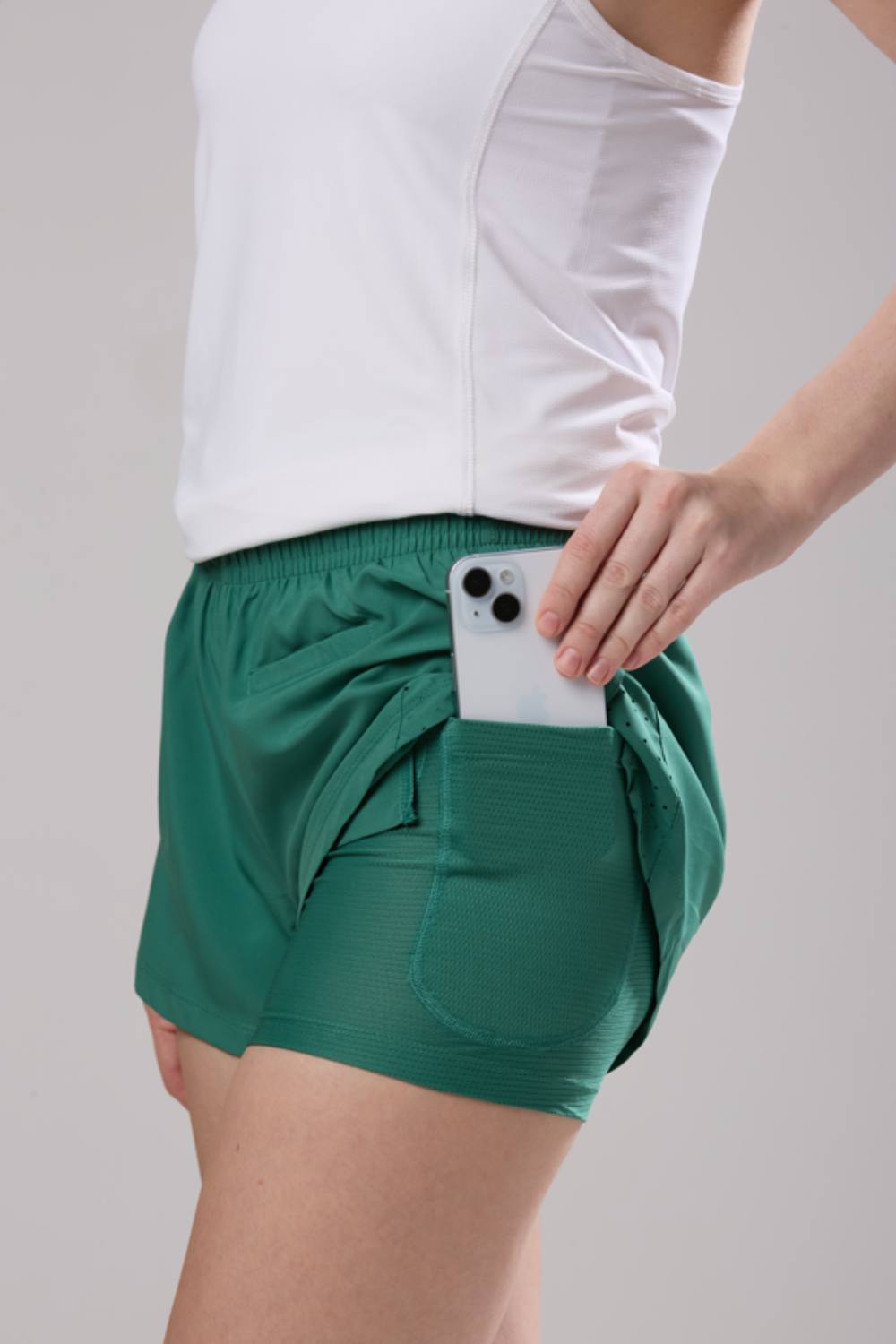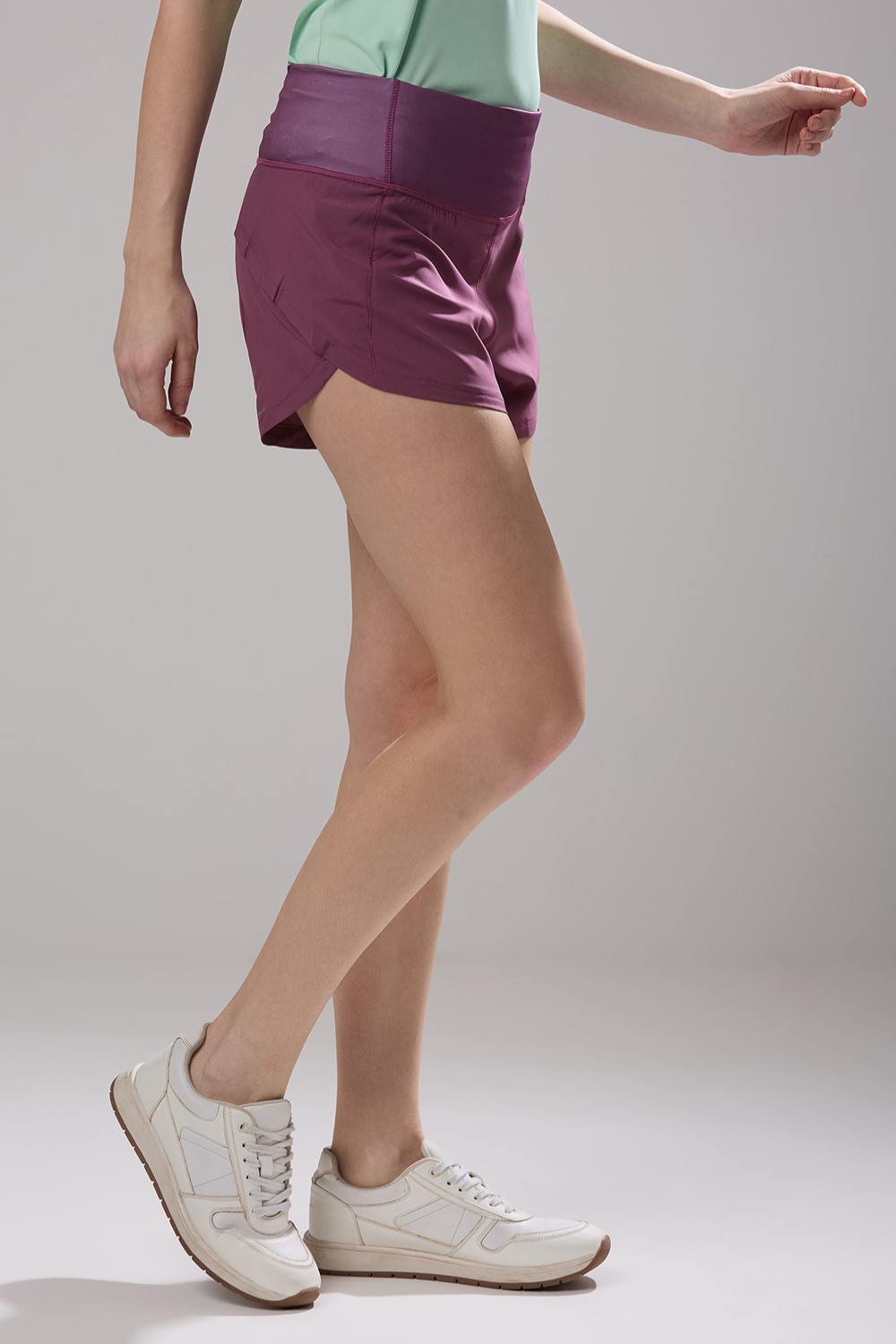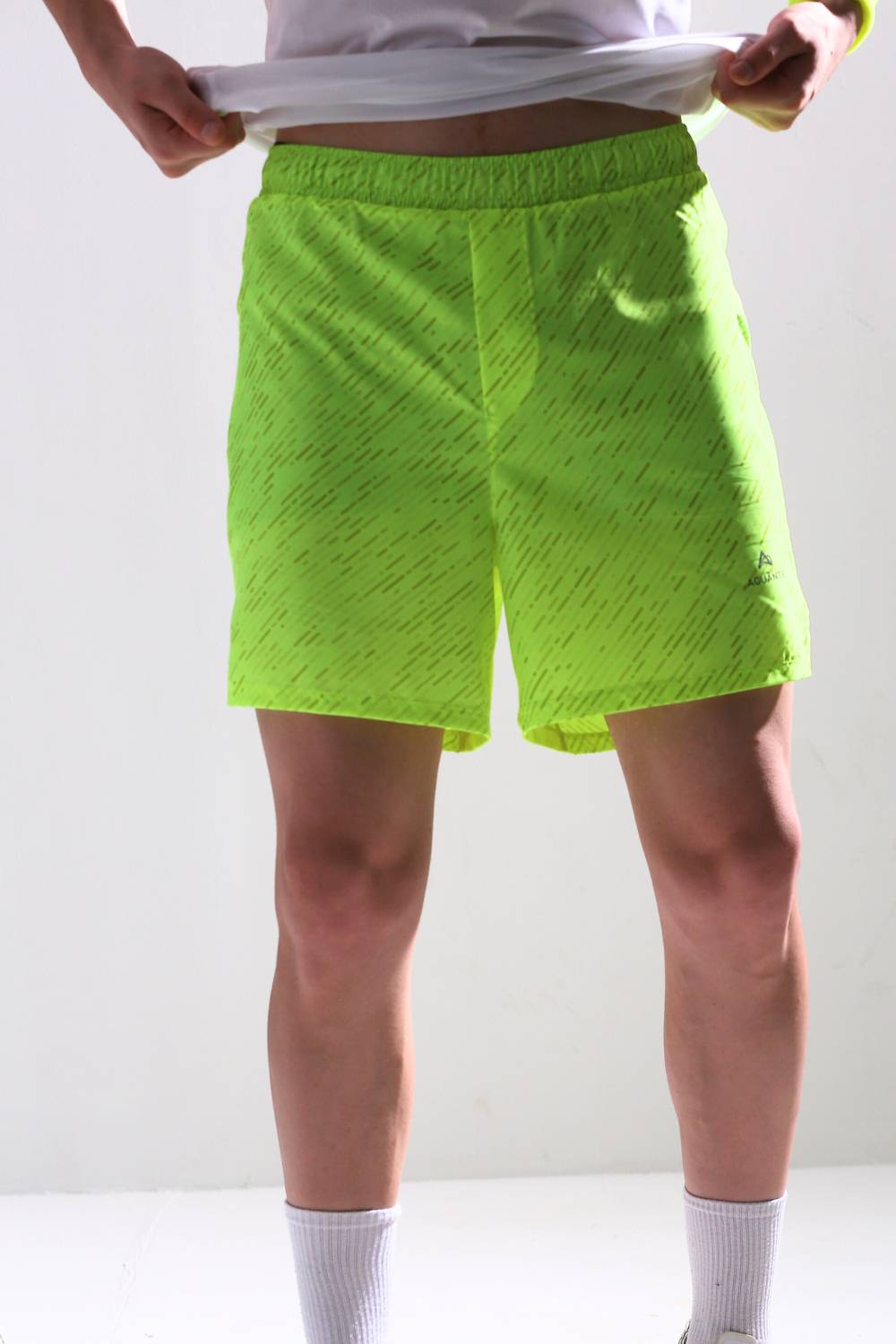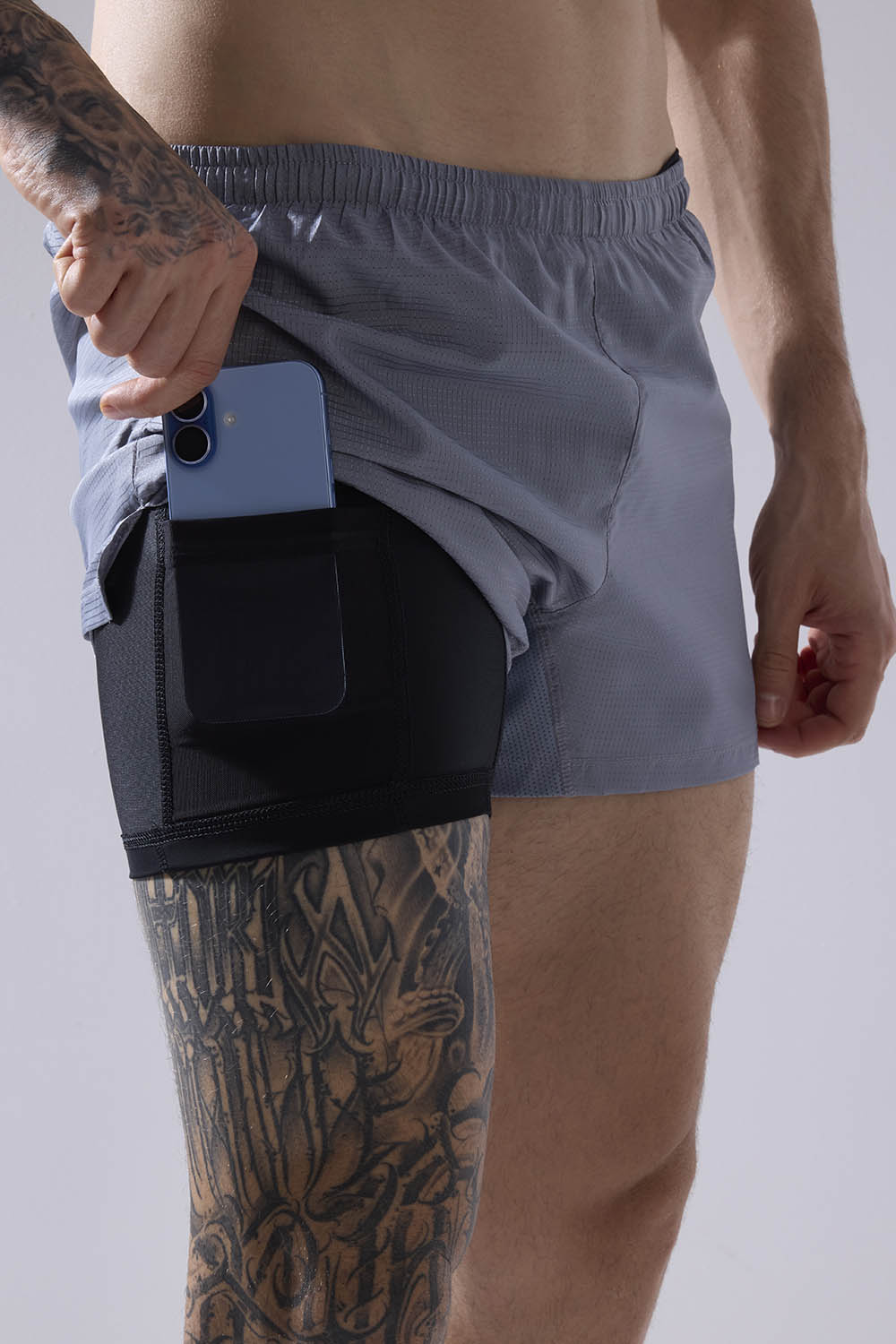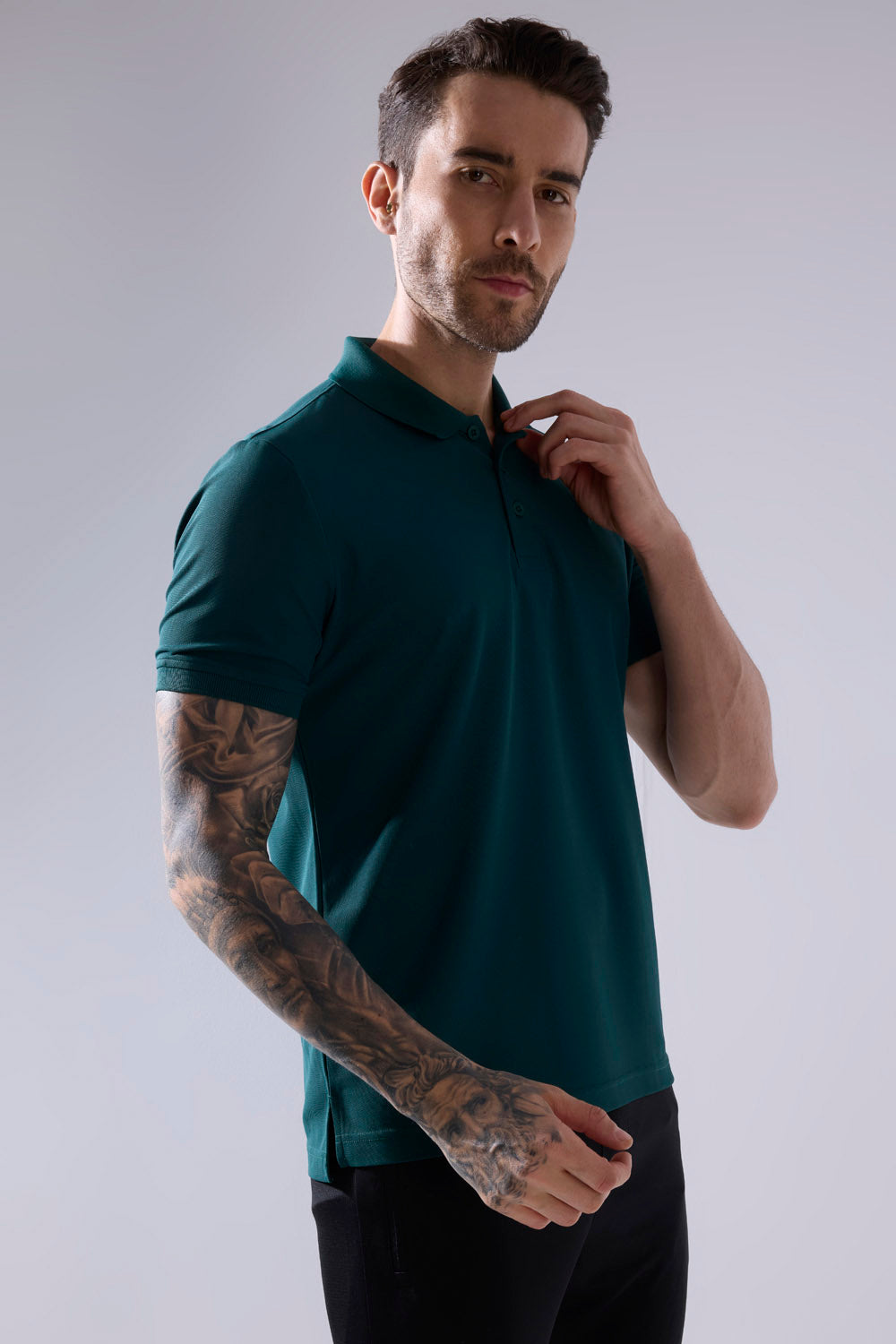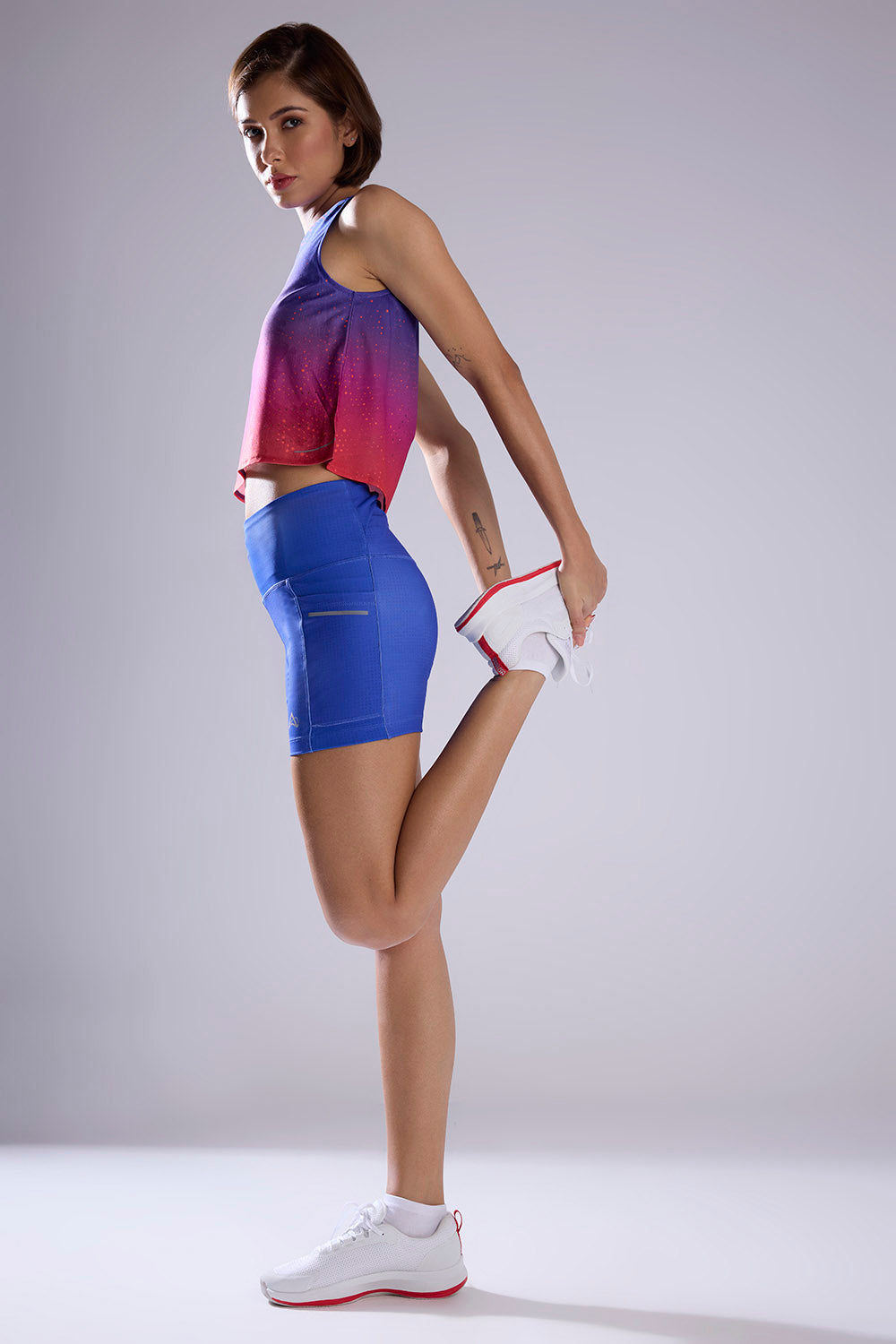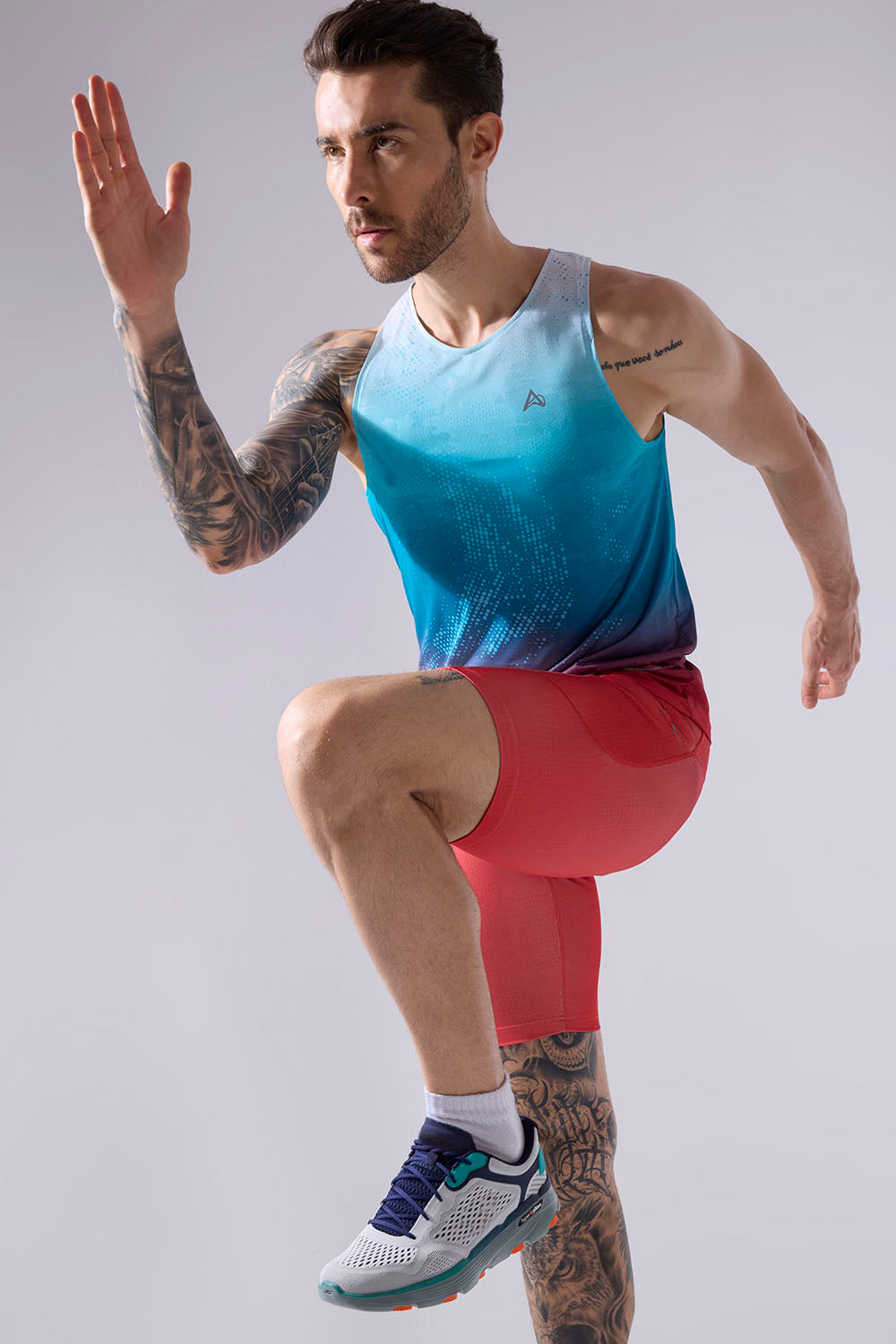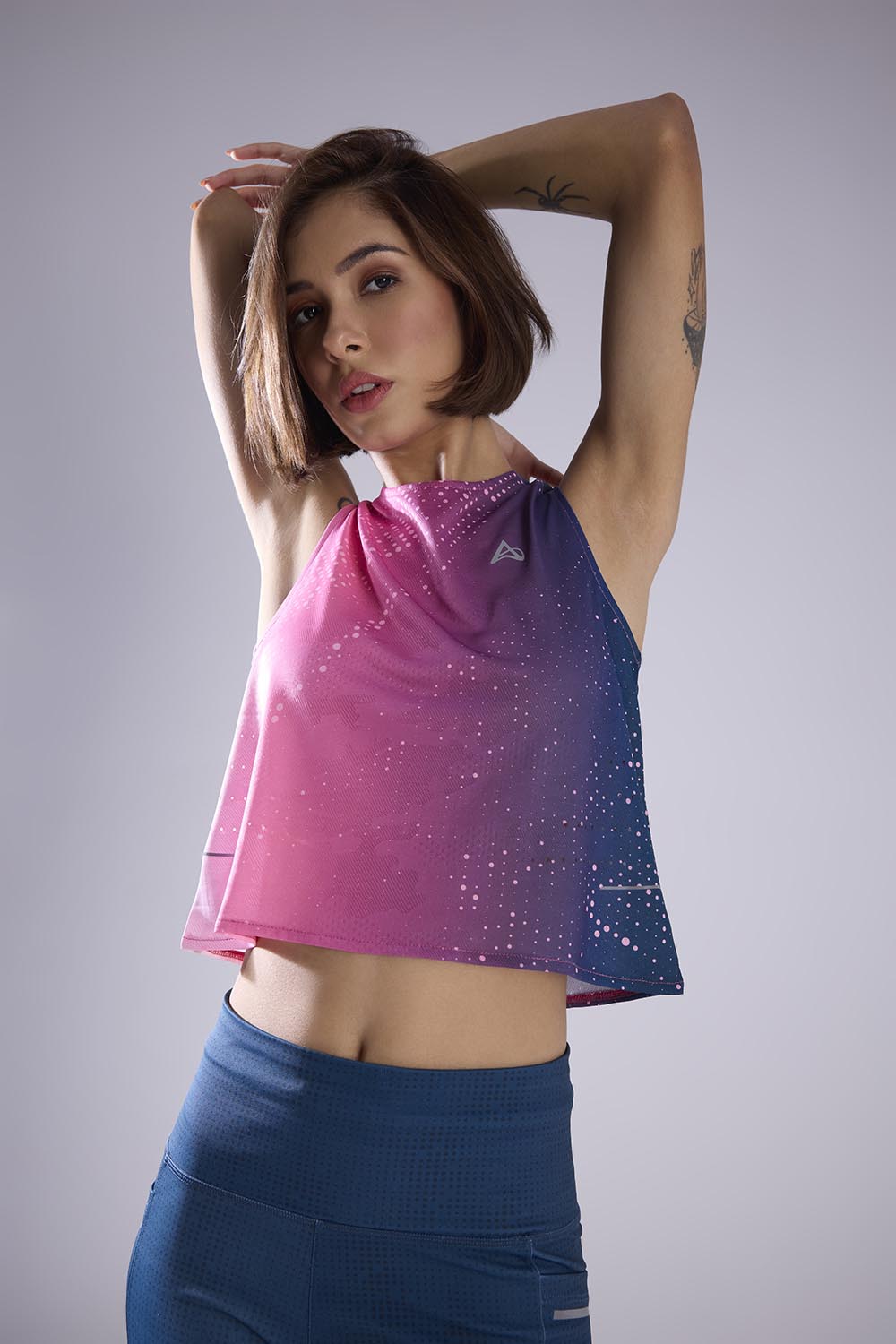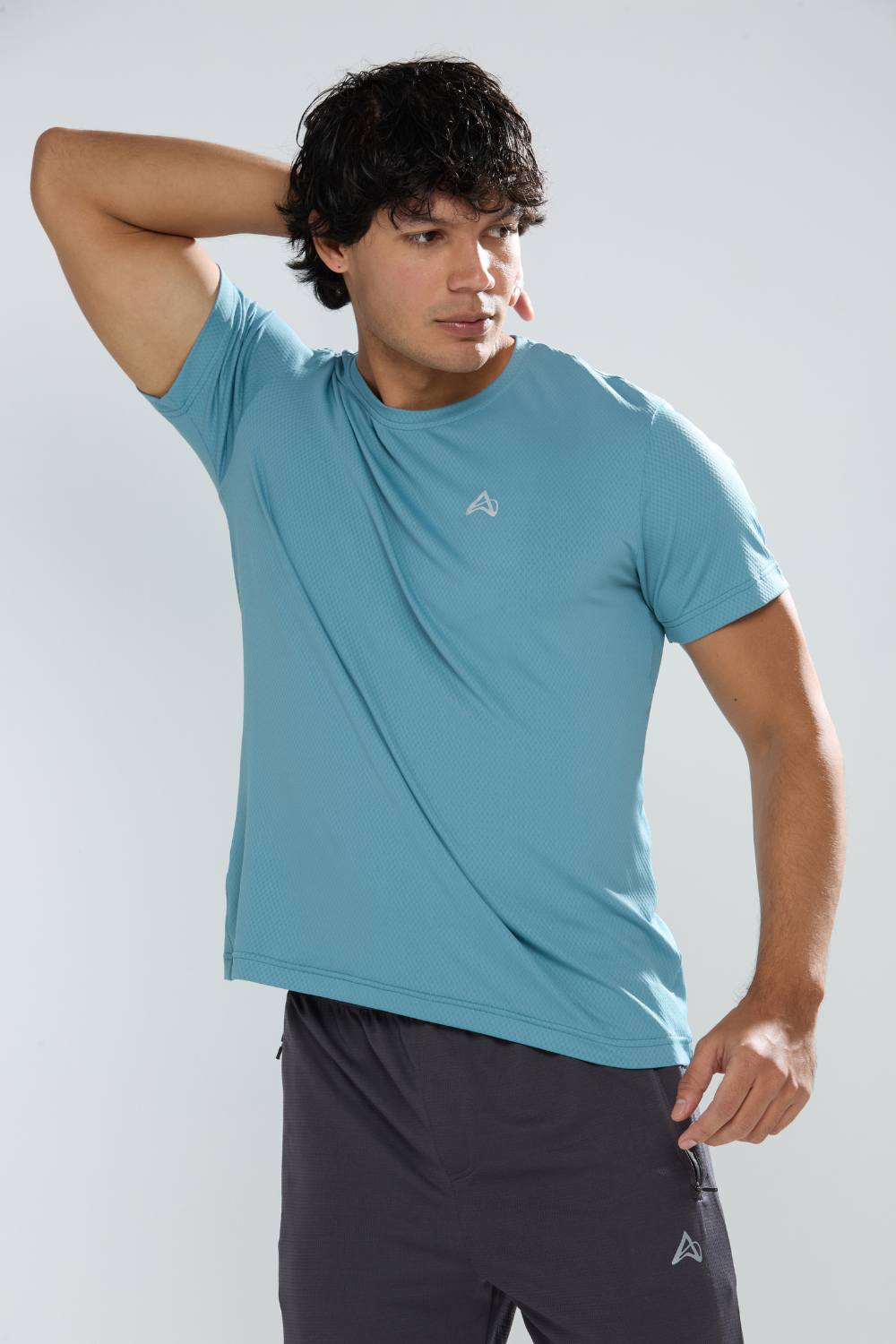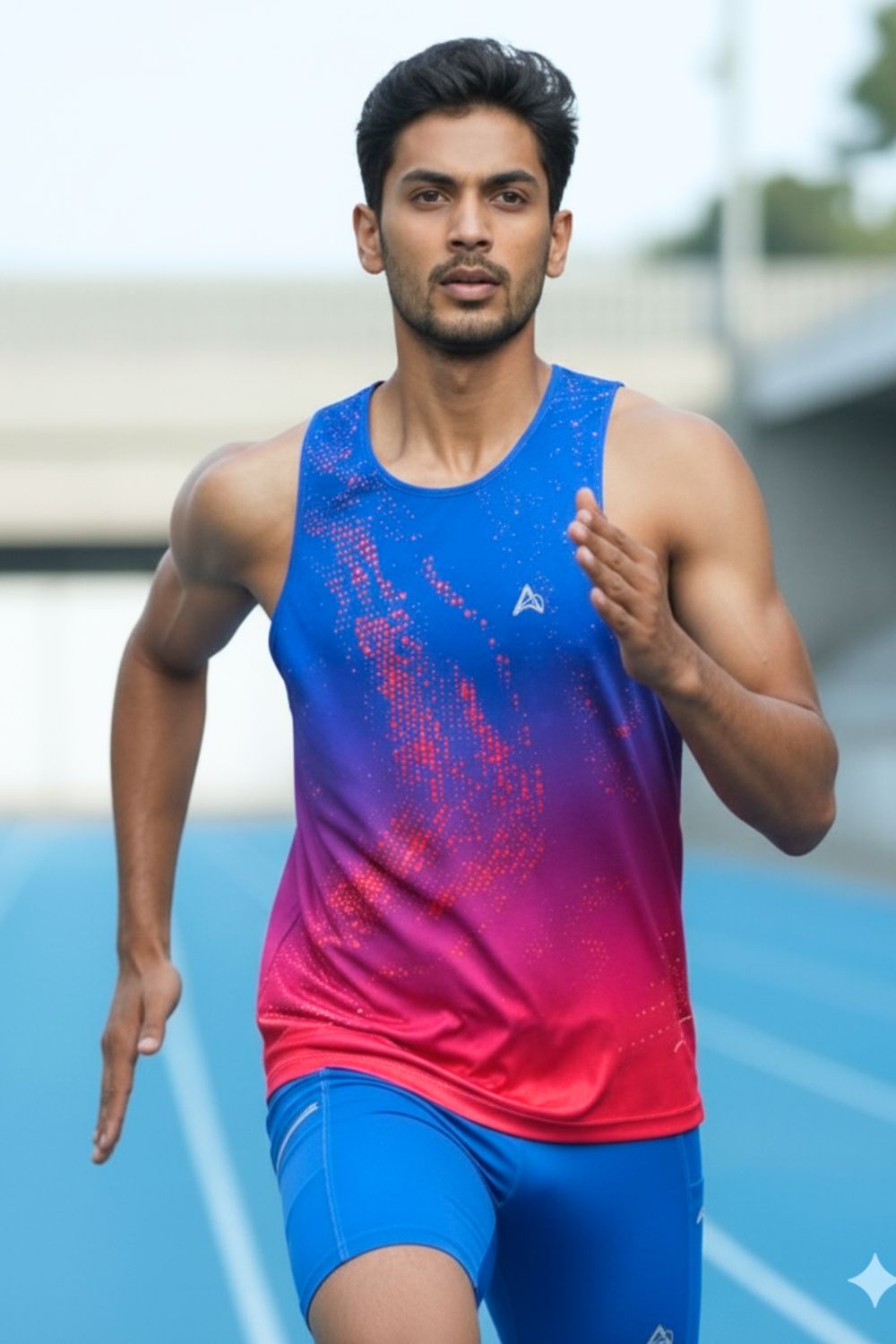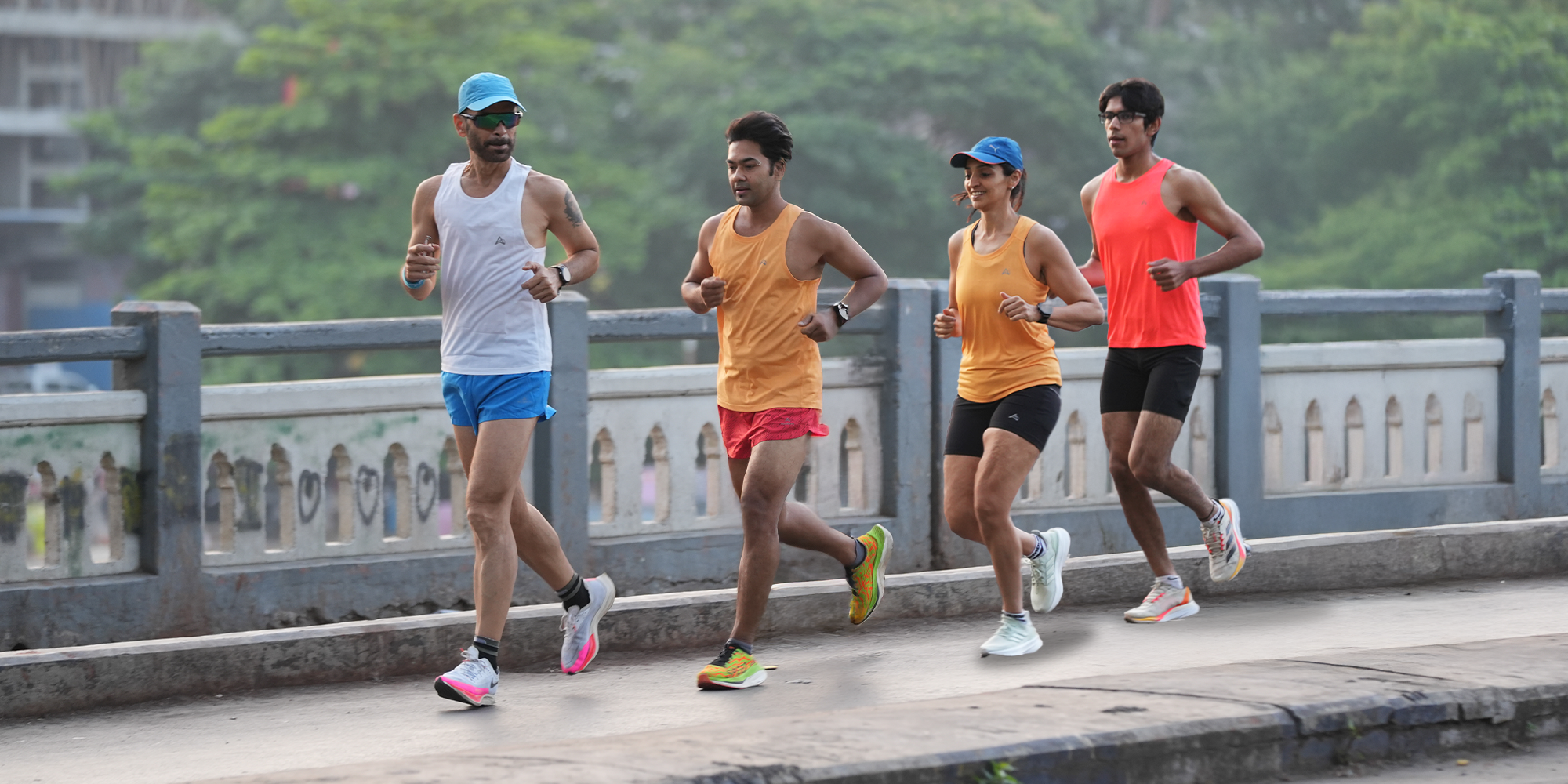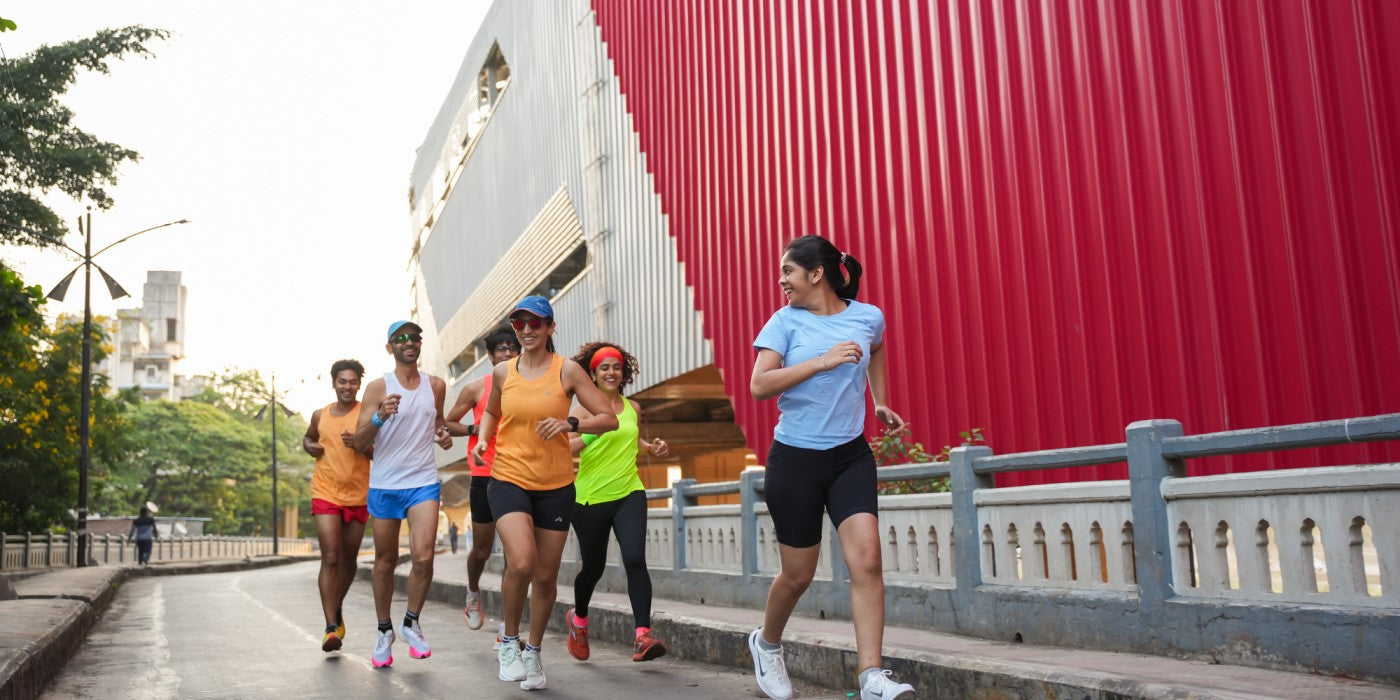Imagine pounding the pavement during a scorching half-marathon, your body slick with effort, yet your shirt remains remarkably dry, channeling sweat outward to evaporate in the breeze. This isn't some futuristic dream it's the reality delivered by advanced moisture-wicking fabrics, revolutionizing how runners stay comfortable and perform at their peak. As we explore The Importance of Moisture-Wicking Fabric for Runners: Why It Matters, it becomes evident that these materials do far more than combat dampness; they elevate endurance, reduce irritation, and adapt to the demands of modern athletics.
Tired of gear that slows you down? Chafing, soggy fabrics, and missing pockets kill your run's momentum. At Aguante, we're runners who get it. Our high-performance activewear features moisture-wicking fabrics, ergonomic designs, and smart storage to keep you focused. Shop Now!
Opening Section: Introduction to Moisture-Wicking Fabric in Activewear
Aguante has carved out a niche in the running world by prioritizing apparel that withstands rigorous demands. The brand specializes in performance-driven clothing for dedicated runners, emphasizing fabrics engineered to swiftly remove sweat from the skin. From lightweight tanks and form-fitting shorts to protective jackets, their products blend functionality with practicality, ensuring every piece contributes to better outcomes on trails or tracks.
For runners, managing sweat during high-intensity sessions is a perpetual challenge. Accumulated moisture can cause painful chafing, unease, and mental lapses that disrupt your flow. Moisture-wicking fabrics address this directly by transporting perspiration from the body to the material's exterior, facilitating rapid evaporation. In contrast to absorbent options like cotton, which trap wetness and grow heavy, these fabrics promote cooling and sustained mobility, allowing athletes to preserve their rhythm without hindrance.
The conversation around these fabrics gains momentum in the activewear sector, propelled by heightened interest in fitness and wellness. The global market for moisture-wicking fabrics stood at US$1.2 billion in 2024, with projections reaching US$1.7 billion by 2030 at a CAGR of 6.5%. Another analysis forecasts growth to $3.86 billion by 2029, maintaining a 6.4% CAGR. This expansion is largely fueled by needs in sportswear and outdoor equipment, where dryness equates to prolonged engagement and superior results.
Delving deeper, the market's vitality stems from broader lifestyle shifts. With more individuals embracing running as a core activity, the call for gear that enhances rather than impedes performance intensifies. Aguante responds by integrating these fabrics into designs that prioritize breathability and quick-drying properties, catering to both casual joggers and competitive marathoners.
Section 1: Emerging Trends in Moisture-Wicking Fabrics
Textile advancements progress rapidly, introducing features like water-repellent coatings that amplify efficiency. These treatments resist liquid while enhancing the fabric's ability to draw moisture through microscopic pathways via capillary action. Designers experiment with fiber geometries, such as channeled or three-lobed yarns, to accelerate drying times and improve overall functionality.
Environmental responsibility now dominates discussions. Modern runners seek high-performing attire that minimizes ecological footprints. Producers are turning to reusable synthetics, plant-derived polymers, and decomposable applications. For instance, recycled polyester and natural bamboo mixtures gain traction, meeting consumer desires for greener choices. Market expansion benefits from these eco-conscious innovations, as buyers increasingly favor sustainable sportswear options.
Personalization elevates these fabrics further. Materials can now be zoned for targeted sweat-prone areas, like underarms or the spine, optimizing wicking where it's needed most. Polyester dominates with about 40% market share in cooling textiles, valued for its superior sweat-handling capabilities. Combinations incorporate nylon for elasticity or wool for inherent control, resulting in garments that seem intuitively designed for the wearer's movements.
Examine the leading synthetics: polyester, nylon, polypropylene, and spandex deliver exceptional wicking. Wool emerges as a standout natural fiber, capable of holding 30% of its weight in moisture without feeling damp, courtesy of its natural lanolin layer. Gore-Tex provides added rain resistance through its structure of nine billion pores per square inch, each vastly smaller than a water droplet. Such developments ensure runners remain competitive regardless of conditions.
Beyond basics, trends include integrating phase-change materials that capture and dissipate heat, or antimicrobial finishes to curb bacteria. These enhancements not only wick moisture but also combat odors and provide UV shielding, broadening appeal in diverse climates.
Section 2: Real-World Examples and Applications
Professional athletes rely heavily on this technology. In endurance events like ultramarathons or sweltering competitions, wicking apparel averts overheating and friction, enabling undivided attention to stamina. Everyday enthusiasts reap similar rewards a neighborhood runner remains enthusiastic when clothing doesn't become burdensome.
Aguante incorporates this seamlessly into their collections. Their performance tops employ blended synthetics that expedite sweat removal, boosting ventilation and minimizing rub. Users often note prolonged freshness, leading to improved paces and reduced breaks due to discomfort.
These fabrics extend to smart integrations. Intelligent garments weave sensors into wicking layers to track real-time metrics like fluid levels or body heat. Runners can then fine-tune efforts or replenish accordingly, fusing material science with digital tools for optimized training. This synergy propels market growth, especially amid rising wellness pursuits.
Usage spans outdoor clothing, with bamboo ideal for refreshing socks or modal for airy underlayers. In medical fields, moisture-wicking materials support dressings by controlling dampness to aid recovery. Fashion embraces athleisure, merging utility with elegance for versatile wardrobes.
Consider military applications, where fabrics endure extreme environments, or workwear that keeps professionals dry in labor-intensive roles. The versatility underscores why demand surges in sectors beyond sports, including automotive interiors for comfort during long drives.
Section 3: Key Challenges, Limitations, or Risks
Durability presents ongoing concerns. Repeated laundering may degrade wicking coatings, lessening efficacy after intensive cycles. Runners could find cherished items underperforming eventually, highlighting the value of specific upkeep routines to extend service.
Pricing plays a part as well. Premium fabrics featuring cutting-edge elements like those with heat-absorbing capabilities command steeper costs. Not all participants are eager to invest heavily, balancing enhanced output against financial considerations in a saturated field.
Skin compatibility issues emerge with certain synthetics. Materials such as polyester or nylon might provoke sensitivities or retain smells, feeling abrasive at times. Natural alternatives like wool mitigate this, yet they carry limitations, including excess insulation ill-fitted for hot weather outings.
Such drawbacks emphasize equilibrium in design. Aguante conducts exhaustive trials, though perfect universality in fabrics eludes even top innovators presently.
Moreover, environmental production impacts warrant attention, prompting shifts toward sustainable sourcing to address long-term viability.
Section 4: Opportunities, Efficiencies, or Business Impacts
Market trajectories indicate vigorous advancement. Aguante capitalizes astutely, harnessing booms in activewear driven by wellness movements and nature-based hobbies, positioning itself as a dynamic player in a rapidly evolving landscape shaped by lifestyle shifts and consumer demand for performance-meets-purpose apparel.
Brand devotion flourishes with trustworthy equipment. Experiencing consistent dryness and ease encourages allegiance, spurring repurchases and endorsements that solidify Aguante's market presence amid rivals.
Innovation serves as a prime differentiator. Additions like bacteria-fighting agents or sun-blocking features alongside wicking attract discerning customers. Aguante markets these as essential tools for those pursuing peak achievements.
Opportunities abound in emerging regions, where urbanization fosters active lifestyles. Efficiencies arise from scalable production and e-commerce, enabling customized offerings that boost satisfaction and revenue streams.
Section 5: Conclusion and Expert Insights
Moisture-wicking fabric reimagines the running experience, seamlessly combining dryness, efficiency, and eco-awareness into fluid motion. It deflects perspiration, stabilizes warmth, and enables extended, intense pursuits free from encumbrance.
Industry leaders predict bio-fabricated materials at the helm, incorporating advanced sensors as norms. Sports experts highlight their role in lessening thermal strain, possibly lowering injury occurrences and heightening resilience.
Anticipate infusions of phase-change tech and green composites redefining equipment. For runners, prospects appear more arid and vibrant. Aguante leads innovatively, producing attire that excels rather than merely endures. Ultimately, it transcends mere textiles it's about realizing untapped capabilities in every run.
Disclaimer: The above helpful resources content contains personal opinions and experiences. The information provided is for general knowledge and does not constitute professional advice.
You may also be interested in: Payment Options
Tired of gear that slows you down? Chafing, soggy fabrics, and missing pockets kill your run's momentum. At Aguante, we're runners who get it. Our high-performance activewear features moisture-wicking fabrics, ergonomic designs, and smart storage to keep you focused. Shop Now!
Powered by flareAI.co

